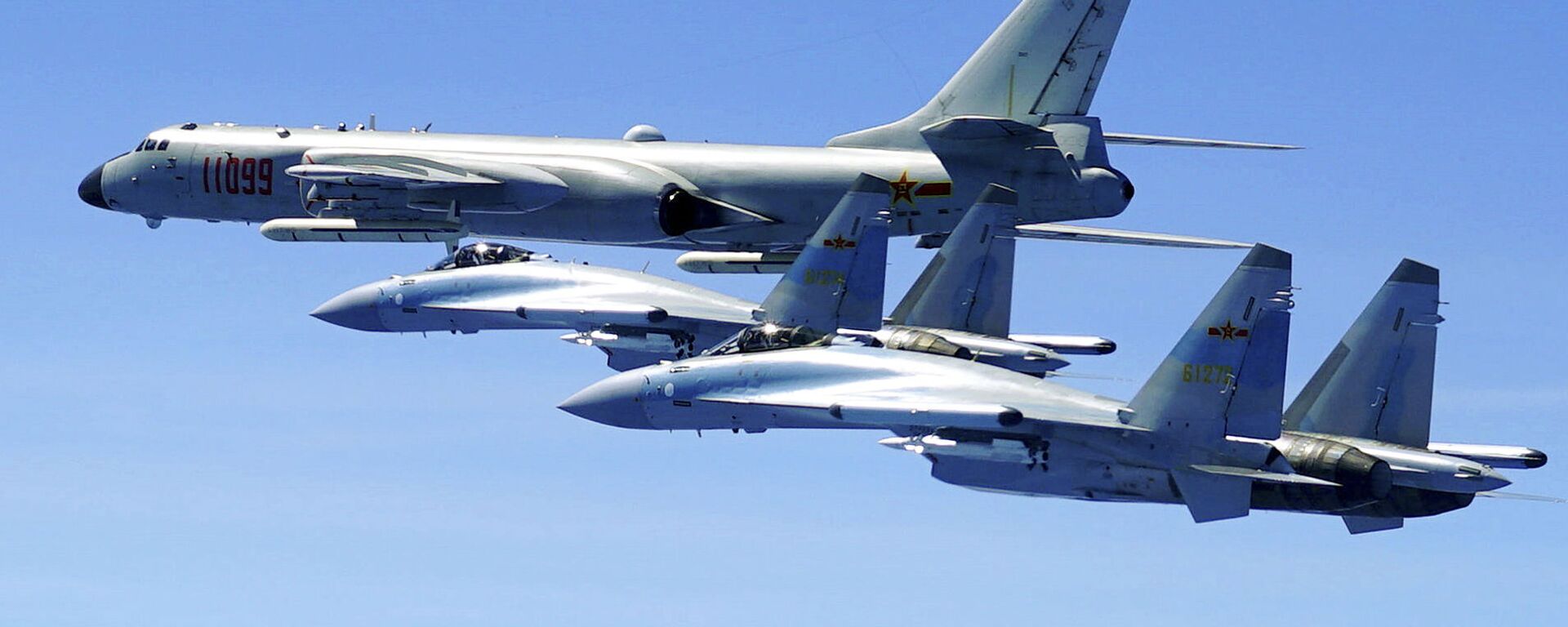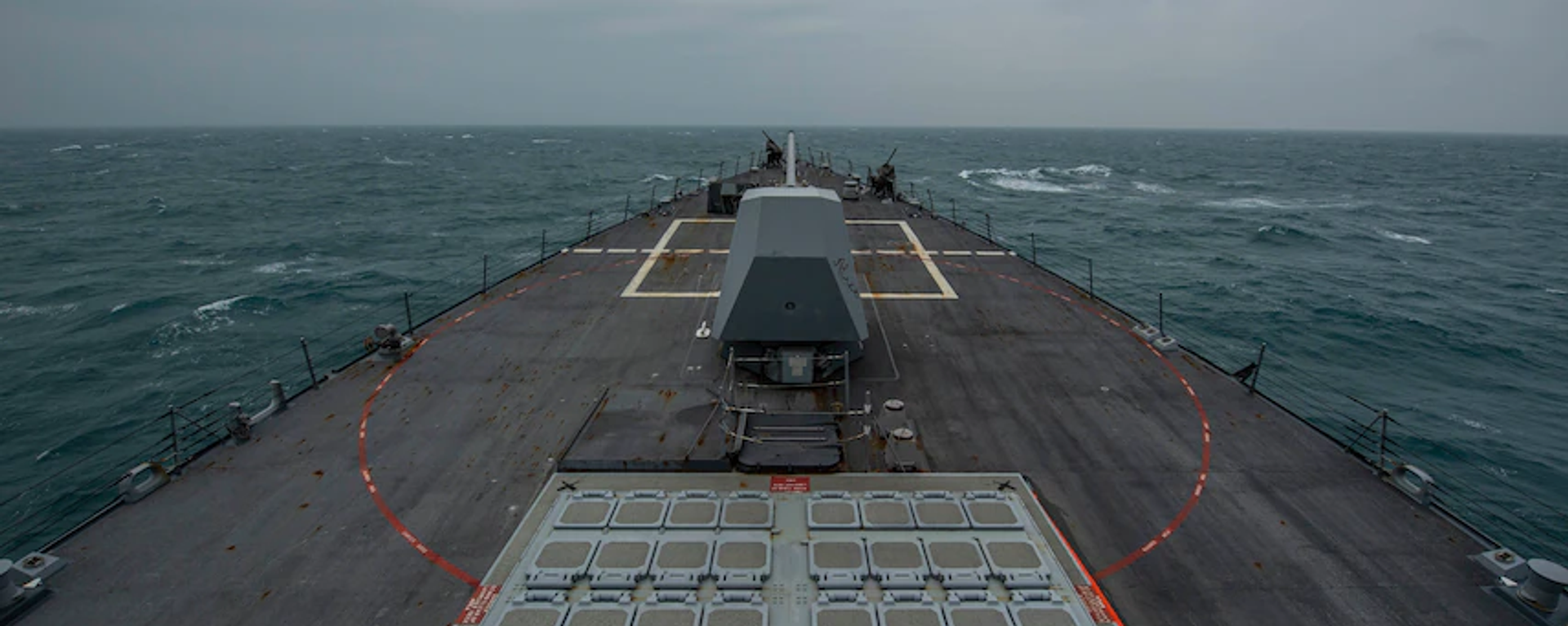Pentagon planners simulating scenarios for the next major potential war with China have observed a worrying trend in recent years, discovering that the People’s Liberation Army’s capabilities have surpassed those of the United States to the point where the US would “lose fast” in any major military confrontation with the Asian nation, Air Force Lt. Gen. S. Clinton Hinote has said.
“More than a decade ago, our war games indicated that the Chinese were doing a good job of investing in military capabilities that would make our preferred model of expeditionary warfare, where we push forces forward and operate out of the relatively safe bases and sanctuaries, increasingly difficult,” Hinote, who serves as the Air Force’s deputy chief of staff for strategy, integration and requirements, told Yahoo News.
The officer suggested that by 2018, the PLA had come to field precision-guided anti-air and surface-to-surface missiles, warships and a space-based constellation of navigation and targeting satellites of sufficient quantity and quality to challenge US military hegemony.
“At that point the trend in our war games was not just that we were losing, but we were losing faster,” Hinote said. “After the 2018 war game I distinctly remember one of our gurus of war gaming standing in front of the Air Force secretary and chief of staff, and telling them that we should never play this war game scenario [of a Chinese attack against Taiwan] again, because we know what is going to happen.”
The officer warned that “if the US military doesn’t change course” in its planning and spending priorities, “we’re going to lose fast. In that case, an American president would likely be presented with almost a fait accompli.”
The report admitted that “China is already ahead of the United States in certain areas,” including a navy consisting of about 350 ships and submarines, over 130 of them major surface combatants.
It remains unknown whether US plans to rectify the situation, which reportedly include the construction of smaller vessels and autonomous surface ships and submarines, will be able to stop China’s rise.
The US already spends nearly three times more than China on defence, laying out over $732 billion, compared to China’s $261 billion, in 2019, according to the Stockholm International Peace Research Institute. America’s allies in NATO in Europe and in the Far East, including Japan and South Korea, put the combined spending of the US-led alliance at over $1 trillion.
The problem, Yahoo News contributor James Kitfield suggests, is that China’s priorities are set to Taiwan and strengthening its anti-access, area denial (A2/D2) capabilities, while the US has spent its time and resources fighting the war on terror and counterinsurgencies in Iraq and Afghanistan. This, combined with the US’s global overreach, is thought to give China the advantage in any hypothetical Taiwan conflict.
According to Hinote, China’s military planning is “built around a Taiwan scenario,” with PLA planners obsessively thinking about the subject “all the time.”
The officer suggested that the only hope for the US in a Taiwan scenario against China is if it “can design a force that creates” sufficient uncertainty “and causes Chinese leaders to question whether they can accomplish their goals militarily.” In the meantime, he said, even if the Pentagon was starting “to understand what kind of US military force it’s going to take to achieve the National Defence Strategy’s goals…that’s not the force we’re planning and building today.”
China-US tensions over Taiwan have escalated dramatically in President Joe Biden’s first weeks in office, with the PRC deploying fighters, bombers and electronic warfare planes near the Taiwan Strait, and the US sailing missile-carrying warships through the area repeatedly, most recently on Wednesday.
Last week, Chinese Foreign Minister Wang Yi urged Washington to “fully understand the high sensitivity of the Taiwan issue” to Beijing, and to abandon “dangerous practices of crossing the line and playing with fire.”
China considers Taiwan to be a breakaway province that should one day reunite with the mainland. The island nation’s leaders reject this fate, stocking up on military equipment from Washington and formally maintaining claims of their own to China and multiple neighbouring nations.






